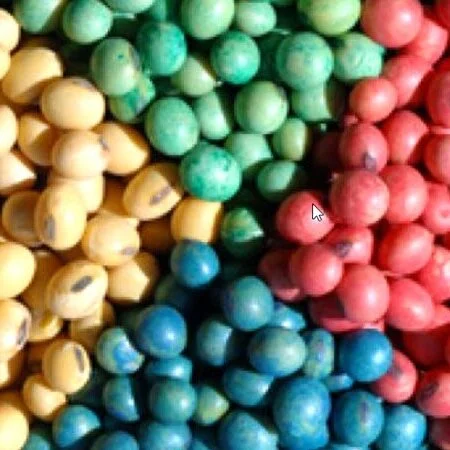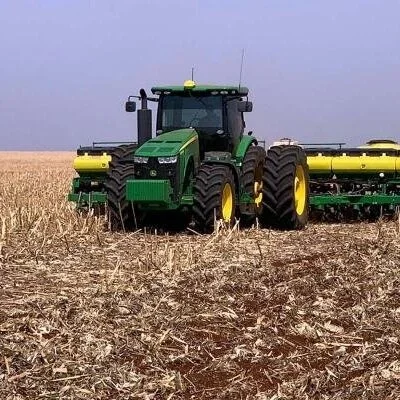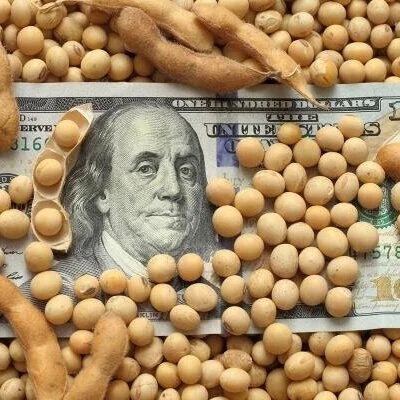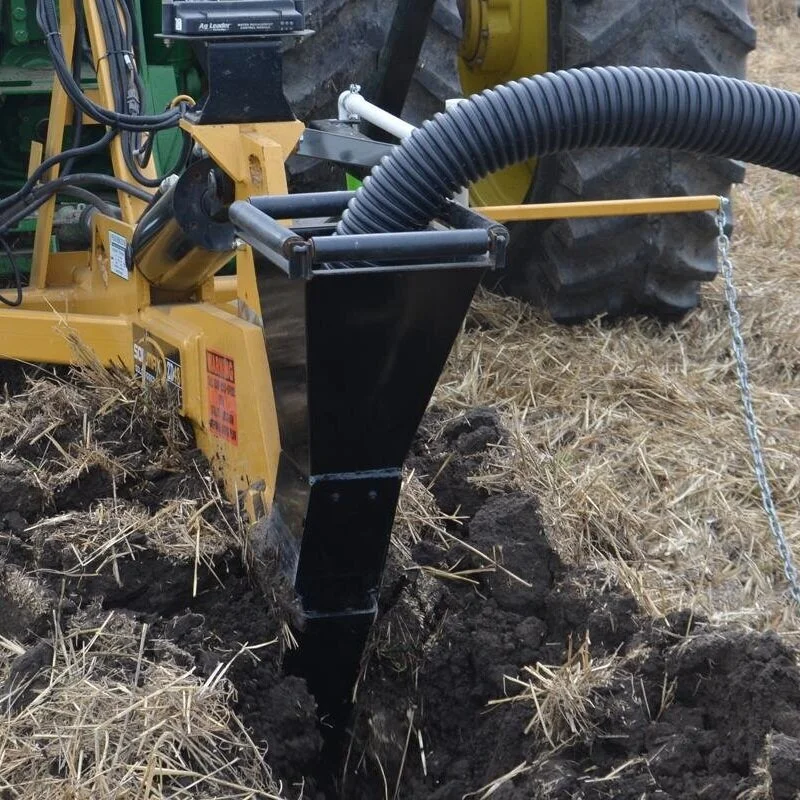Last Thursday’s Quarterly Grain Stocks report from USDA was no doubt an exciting market event, though corn and soybean prices did not escape the trading session unscathed. Indeed, sentiments from the report are continuing to resonate in markets and will likely continue to do so until at least next Tuesday’s October 2021 Crop Production and World Agricultural Supply and Demand Estimates reports.
Read MoreRelatively new, compared to many of Louisiana’s crops, the soybean was initially adopted in the United States more than 100 years ago as a forage crop. At the time, to find suitable varieties for forage production, university soybean breeders selected varieties out of introductions from Asian countries. Time marches on, and through the decades the LSU AgCenter has helped Louisiana soybean producers adapt to major transformations to production through breeding and variety testing here at home.
Read MoreA lot has been said these past weeks about the increase in the area to be planted to soybean for the next harvest: a jump of more than 2 million acres from last season. That would set a new record for Brazil. Where are those new acres coming from?
This area is distributed between the 5 Brazilian ag regions: MATOPIBA (Maranhão, Tocantins, Piauí and Bahia states), Southeast, South, Midwest and North, as shown in the map below:
Read MoreSoybeans receive a quality grade of 1 through 5 as they enter the supply chain. That grade has implications for contract fulfillment and the price farmers earn for those soybeans – but that rating can be subjective.
Read MoreOn Thursday, the USDA pegged the U.S. soybean ending stocks, as of Sept. 1, higher than the trade estimates.
As a result of today's USDA Quarterly Grain Stocks Report, the CME Group’s soybean complex traded lower, following the report.
With combines rolling across the Midwest, some 20 million bushels of 2021 crop corn and soybeans are quickly filling grain bins. But whether holding crops will actually add to their value remains highly uncertain as an unusual growing season comes to an end.
For starters, despite an export pipeline snarled by storms and the lingering effects of the pandemic, prices are at the best harvest level in a decade. And prospects for rallies face questions about whether China will continue to aggressively buy U.S. grain as its leaders reassert the grip of the Communist Party over the country’s businesses and people.
Read MoreThis years soybean crop across Louisiana is looking pretty good so far, even with all the challenges growers faced early in the season.
LSU AgCener Soybean Specialist Dr. David Moseley reports we should be close to being 50 percent harvested.
“We’re a little bit behind the five year average and that kind of points back to the slow planting season we had, plus the two hurricanes really slowed down the harvest season.
“But the crop condition is looking pretty good. We were 83% good to excellent with only 4% reported as poor or very poor. But still that’s so much better than we were at the beginning of the season when up to 22% of the crop was poor to very poor.
“So we’ve really had a good growing season overall,” said Moseley.
(This report a service of the Louisiana Soybean Grain Research and Promotion Board)
Read MoreLocal soybean harvest approaches the halfway mark as farmers take advantage of early season fair weather.
This season farmers planted 64,500 acres of soybeans in Franklin Parish, according to recent Farm Service Agency (FSA) numbers. This year’s acreage is up significantly from last year’s acreage of 22,000.
Read MoreThe seeding process for the Brazilian soybean crop has just started in some regions of Brazil, as discussed in the last blog. Despite weather issues that worry producers, the nation’s ag agency projects an increase of 15% more production in all grains for the coming growing year.
The 2020/2021 harvest came to 9 billion bushels (250 million tons) produced by Brazilian farmers, but the coming year is expected to be 11 billion bushels (300 million tons).
Read MoreU.S. soybean exports jumped last week to a six-month peak, while corn shipments were the highest in a month as Louisiana Gulf Coast terminals steadily ramped up operations disrupted nearly a month ago by Hurricane Ida, preliminary data showed on Monday.
Read MoreThe latest batch of grain export data from USDA, out Thursday morning and covering the week through Sept. 16, showed some lackluster results for corn and wheat, but soybean volume was more encouraging after moving to the upper end of trade estimates. Wheat volume fell 42% lower week-over-week but stayed just above the prior four-week average. Corn slumped to the lower end of trade estimates, meantime.
Read MoreDuring a webcast, a new agricultural lender in her first full-time job asked, “Why do producers switch lenders?” Of course, the answer to this age-old question is, “It depends!” Six decades of being involved with agriculture and various economic cycles has taught me that circumstances often vary as an industry or for an individual farm.
Read MorePeople ask Jim Schwartz how they can make more per acre raising corn and soybeans. When they do, Schwartz, Beck’s director of research, including the Practical Farm Research program, says he can point to several practices for both corn and soybeans that have a big return on investment very quickly. However, he always starts at the same place.
“The place to begin is with tile and lime,” he insists. “We’ve proven it time and again in our PFR program, and farmers who install tile and add lime tell us the same thing. If you want to begin increasing income and profit per acre over time, there’s no better place to start than by installing tile and spreading lime where you need tile and lime.”
Read MoreIn Mato Grosso, Brazil, farmers have started the seeding process amid concerns over one of the worst droughts in a century. The country is already facing severe water shortages from last year’s dry conditions. And now, National Oceanic and Atmospheric Administration has released a report affirming that there is a 70% chance of La Niña returning between November 2021 and January 2022.
Read MoreCharles Canatella, Chairman of the Louisiana Soybean, Grain Research and Promotion Board, is also a member of the United Soybean Board. He says one of the main goals of the USB is to open up new markets worldwide for US soybeans.
(This report is a service of the Louisiana Soybean, Grain Research and Promotion Board)
Read More














